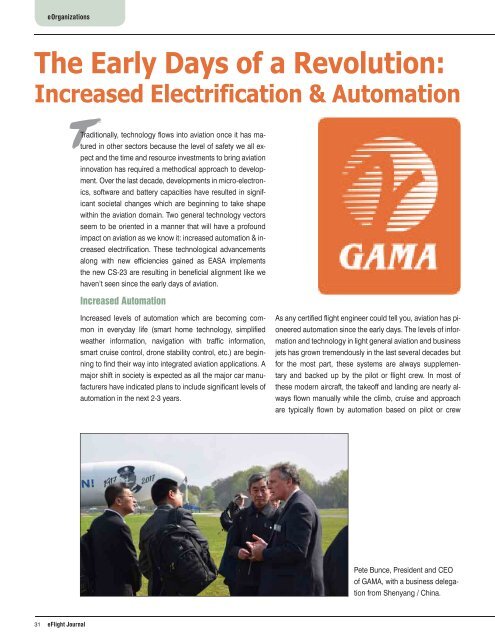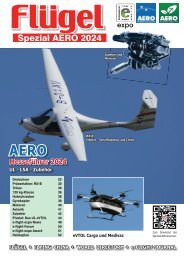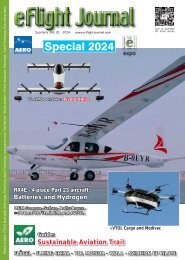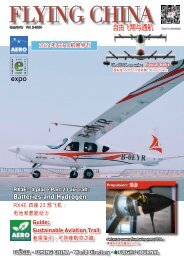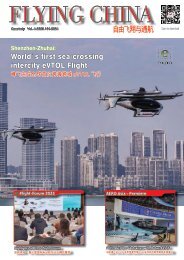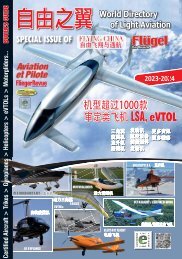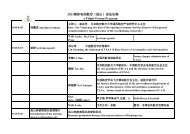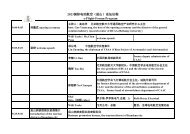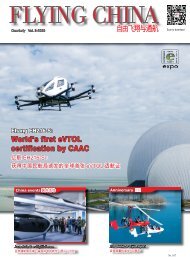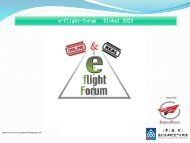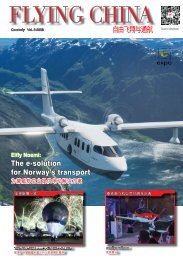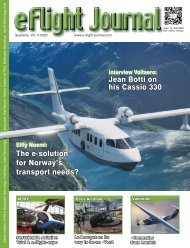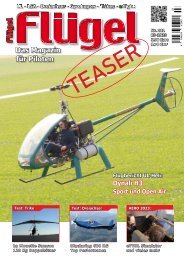You also want an ePaper? Increase the reach of your titles
YUMPU automatically turns print PDFs into web optimized ePapers that Google loves.
e Organizations<br />
The Early Days of a Revolution:<br />
Increased Electrification & Automation<br />
tTraditionally, technology flows into aviation once it has matured<br />
in other sectors because the level of safety we all expect<br />
and the time and resource investments to bring aviation<br />
innovation has required a methodical approach to development.<br />
Over the last decade, developments in micro-electronics,<br />
software and battery capacities have resulted in significant<br />
societal changes which are beginning to take shape<br />
within the aviation domain. Two general technology vectors<br />
seem to be oriented in a manner that will have a profound<br />
impact on aviation as we know it: increased automation & increased<br />
electrification. These technological advancements<br />
along with new efficiencies gained as EASA implements<br />
the new CS-23 are resulting in beneficial alignment like we<br />
haven’t seen since the early days of aviation.<br />
Increased Automation<br />
Increased levels of automation which are becoming common<br />
in everyday life (smart home technology, simplified<br />
weather information, navigation with traffic information,<br />
smart cruise control, drone stability control, etc.) are beginning<br />
to find their way into integrated aviation applications. A<br />
major shift in society is expected as all the major car manufacturers<br />
have indicated plans to include significant levels of<br />
automation in the next 2-3 years.<br />
As any certified <strong>flight</strong> engineer could tell you, aviation has pioneered<br />
automation since the early days. The levels of information<br />
and technology in light general aviation and business<br />
jets has grown tremendously in the last several decades but<br />
for the most part, these systems are always supplementary<br />
and backed up by the pilot or <strong>flight</strong> crew. In most of<br />
these modern aircraft, the takeoff and landing are nearly always<br />
flown manually while the climb, cruise and approach<br />
are typically flown by automation based on pilot or crew<br />
Pete Bunce, President and CEO<br />
of GAMA, with a business delegation<br />
from Shenyang / China.<br />
31 e Flight Journal


